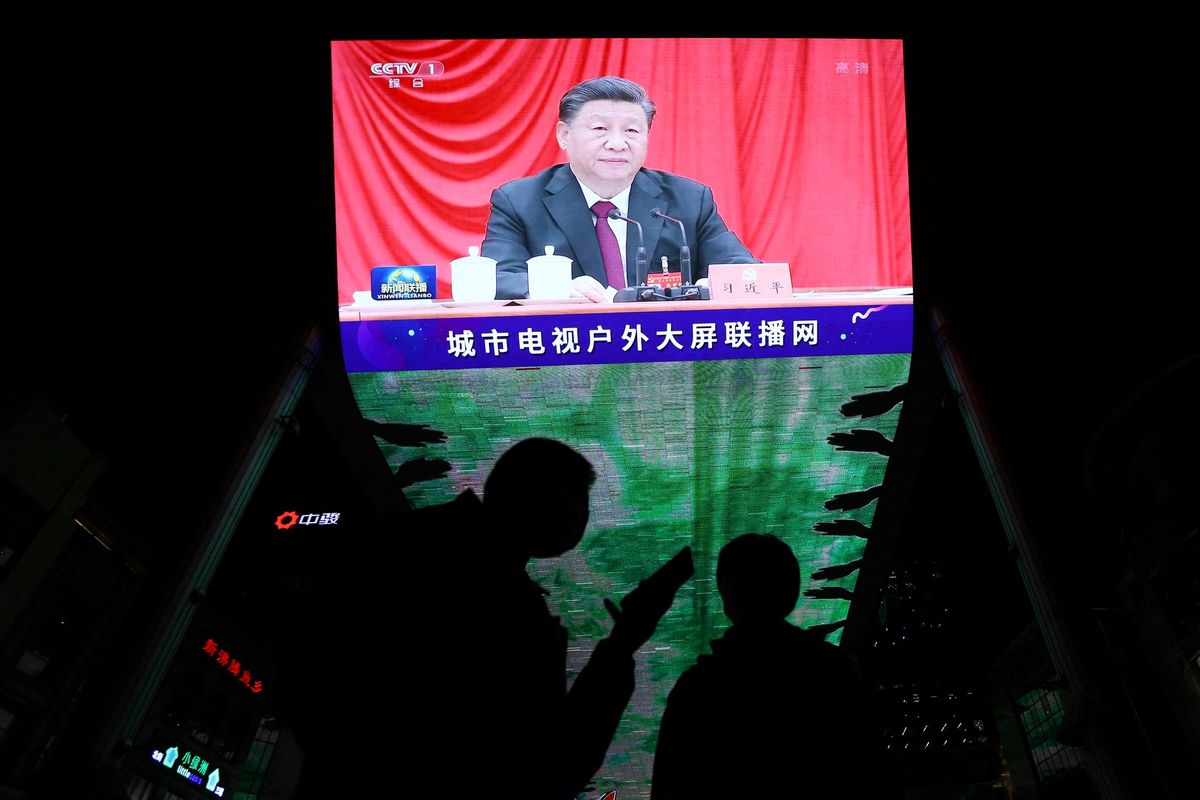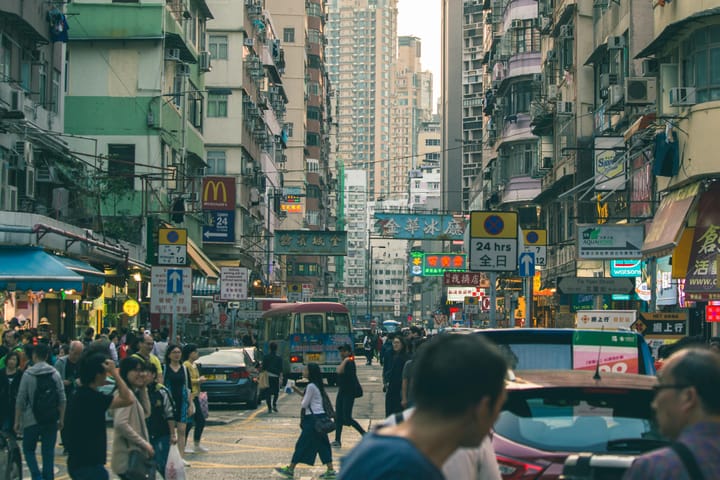What do we know about China’s 2022 economic blueprint?

A few minutes every morning is all you need.
Stay up to date on the world's Headlines and Human Stories. It's fun, it's factual, it's fluff-free.
According to government work reports released on their websites last Thursday, the city of Beijing and Henan province are aiming to grow their economies by over 5% and 7%, respectively.
What are these economic blueprints?
- Economic blueprints for 2022 have started to be set in motion by local governments in China.
- An economic blueprint is a project plan that aims to understand the potential of different sectors within the economy and identify opportunities for new, community-based economic activity.
- For example, if a Chinese city finds that a specific sector is seeing a spike in people moving to a particular area, they may try to establish more incentives for companies to provide jobs in that area to grow the economy.
- Basically, it’s like an employee performance review, except the employees are just small sectors and the bosses are local and national governments.
- These economic plans typically get introduced at the start of the year, and for this year, “stability" is the primary theme.
What hints have we gotten so far?
- A few weeks ago, the cities of Chongqing and Chengdu announced a joint investment plan of about two trillion yuan (US$314 billion) that will shape both cities.
- This blueprint includes various industry improvements, including a world-class equipment manufacturing industry cluster, an industrial internet zone and a port logistics system.
- According to government work reports released on their websites last Thursday, the city of Beijing and Henan province are aiming to grow their economies by over 5% and 7%, respectively.
- “All regions and agencies must take responsibility to uphold economic stability, actively introduce policies that can help stabilize the economy, and be cautious in imposing measures that will have a contractionary effect,” said senior economic official of the Communist Party, Han Wenxiu, at the end of a three-day annual Central Economic Work Conference, which was held back in December of last year.
- Along with this report of the conference, Beijing also mentioned that “stability is the top priority” when it comes to maintaining the economy’s health.
How does this work into Greater China’s plans?
- China usually releases its annual gross domestic product (GDP) target around March, when the National People’s Congress holds its meeting. But preliminary conversations have already started among some of China’s top officials.
- And, according to Han, the CCP’s best word to describe the goals for 2022 is “stability.”
- According to Bruce Pang, head of macroeconomy and strategy research at China Renaissance Securities Hong Kong, this meeting signals that “stabilizing growth is the bottom line, and for the next 12 months growth will be on top of the Communist Party’s agenda.”
- Part of the conversation held during this conference was about ensuring the healthy growth of the real estate sector, which has seen a significant slump.
- Currently, economists are expecting leaders to set a baseline economic growth of 5% for 2022 so that the government can try to balance the real estate sector, which makes up around a quarter of the Chinese economy, with the need for stable maintenance in other economic sectors.
- This basically means that the Chinese government is asking all districts in China to grow by at least 5% for all of 2022. Before the pandemic, the growth rate sat at around 7%.
What do experts think?
- Ray Dalio, founder of the US$150 billion investment firm Bridgewater Associates, offered praise this week to China, which he compared to a “strict parent,” for its handling and managing of wealth within the country.
- “First you get rich, then you make a point of distributing those opportunities in a more equal way,” said Dalio. “You don’t know where the top talent is going to come from. It’s just as likely to come from poor people, disadvantaged people as it is from the most superbly groomed people. So you draw upon that talent, and you make a better economy more prosperous and you create a fairer system.”
- Hui Shan, an analyst at The Goldman Sachs Group, Inc., believes that the country will not hit its 2022 GDP goals of 5%.
- “In light of the latest Covid developments — in particular, the likely higher average level of restriction (and thus economic cost) to contain the more infectious Omicron variant — we are revising down our 2022 growth forecast to 4.3%, from 4.8% previously,” wrote Hui in a report late Tuesday.
What’s next?
- As of right now, experts and analysts are waiting for China’s GDP report to drop in March.
- Once that information is out, experts will have an easier time assessing China’s potential growth rates while also understanding how China aims to meet those goals.
- Wang Tao, Head of Asia Economics and Chief China Economist at UBS Group AG, offered her insight into China’s growth potential and its relationship with COVID-19.
- “Our expectation is that, after March, in the second quarter, with this wave hopefully being largely contained and the Winter Olympics behind us, domestic restrictions will probably ease,” says Tao. “If Omicron, somehow, gets out of control in China or that there are still cases flaring up here and there, I think authorities will maintain the tight policy, then I think the growth outlook will be in danger.”
- And while all of this information is currently being delivered and heavily reviewed, much of it is dependent on China’s COVID-19 situation and whether it manages to contain the virus within its borders.
You drive the stories at TMS. DM us which headline you want us to explain, or email us.







Comments ()